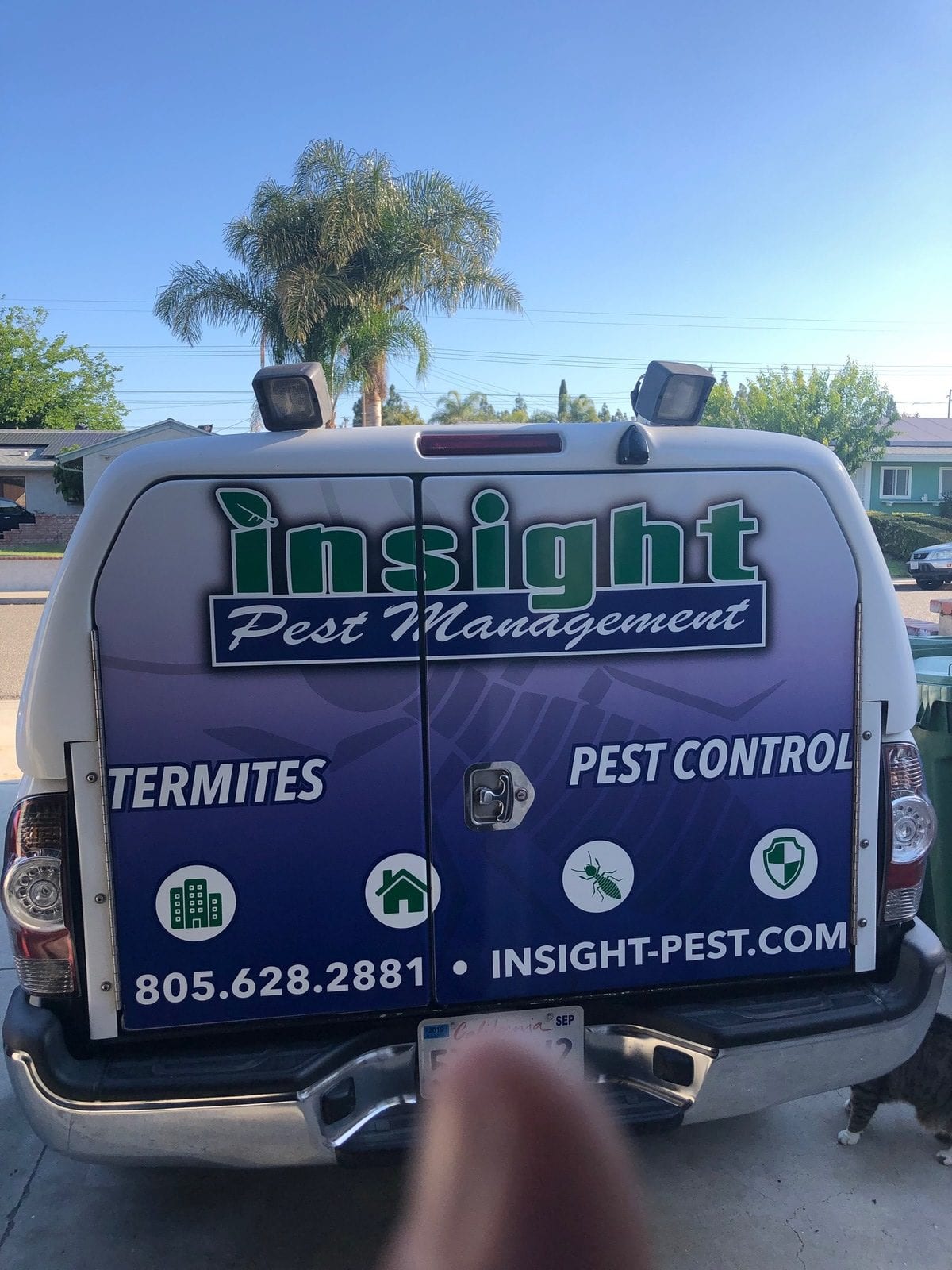There are multiple mosquito species that pose a disease threat to residents of Ventura County, but most mosquito species in the area are either a biting nuisance or are non-pests. The most prevalent mosquito species in the county are Aedes taeniorhynchus and multiple species in the Culex genus, specifically Culex tarsalis, Culex quinquefasciatus and Cx. pipiens. A. taeniorhynchus, or the “black salt-marsh mosquito,” as the species is commonly known, is only a medical threat in the eastern US where they are vectors of Eastern Equine Encephalitis (EEE) and Venezuelan Equine Encephalitis (VEE). Cx. taraslis, better known as the “Western Encephalitis Mosquito,” is considered the most significant disease vector in the western US where it’s responsible for the maintenance, amplification and epidemic transmission of St. Louis encephalitis, and EEE. This species is also a vector for VEE and the West Nile virus, as well as several less common diseases throughout most of its US habitat range. Cx. pipiens, or the “northern house mosquito,” is a common vector of the West Nile virus.
According to Cary Svoboda, vector ecologist with Ventura County Environmental Health Department, the black saltmarsh mosquito is an aggressive day biter in Ventura County, especially during the later summer months, but they do not transmit disease in southern California. Just as this species’ common name makes clear, it breeds in salt marshes, and since the largest salt marsh in southern California is located on the coast of Ventura County, it is no wonder that salt marsh mosquitoes are prevalent in the area. This salt marsh is the Mugu estuary, and strong coastal winds blow black saltmarsh mosquitoes into inland suburban and urban areas where they terrorized residents with their aggressive biting behavior during the daytime.
Unlike the black saltmarsh mosquito, both the western encephalitis mosquito and the Northern house mosquito bite Ventura County residents after dusk, and the latter species is known to enter homes year round in the area. These two species also rely largely on stagnant water sources for breeding, which is why it is important for residents to keep their yards free of containers that collect rainwater. Cx. quinquefasciatus, or the “southern house mosquito,” is a vector of the West Nile virus and other diseases in Ventura County where they also bite after dusk and enter homes year round. According to a recent nationwide survey of pest management professionals, the southern and northern house mosquitoes were the second and third most commonly controlled mosquito species in residential areas of the US during the 2016 year.
Do you make sure to remove stagnant water from your property during mosquito season?


